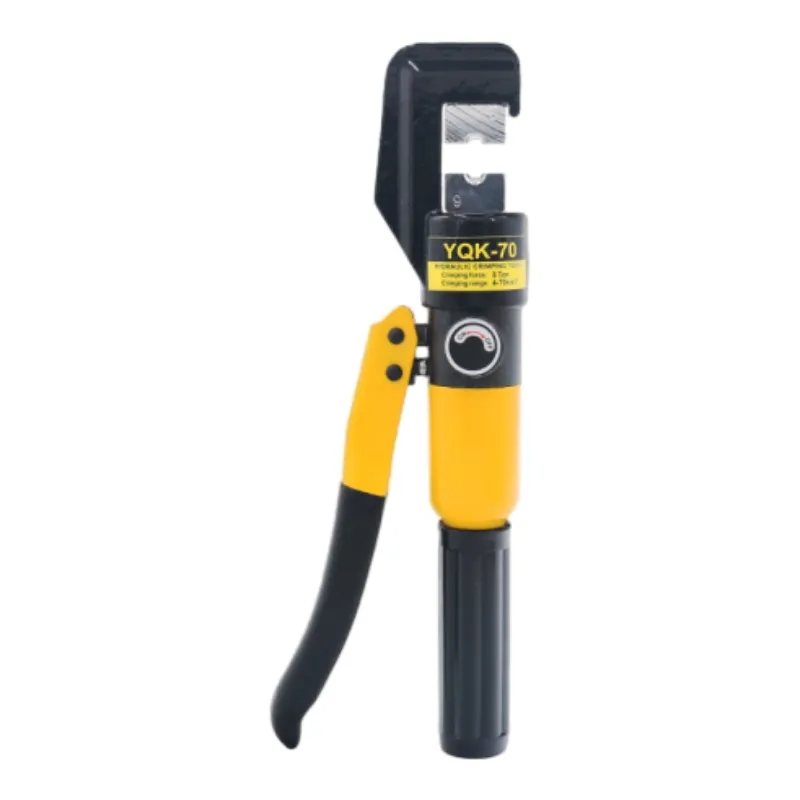
-
 Afrikaans
Afrikaans -
 Albanian
Albanian -
 Amharic
Amharic -
 Arabic
Arabic -
 Armenian
Armenian -
 Azerbaijani
Azerbaijani -
 Basque
Basque -
 Belarusian
Belarusian -
 Bengali
Bengali -
 Bosnian
Bosnian -
 Bulgarian
Bulgarian -
 Catalan
Catalan -
 Cebuano
Cebuano -
 Corsican
Corsican -
 Croatian
Croatian -
 Czech
Czech -
 Danish
Danish -
 Dutch
Dutch -
 English
English -
 Esperanto
Esperanto -
 Estonian
Estonian -
 Finnish
Finnish -
 French
French -
 Frisian
Frisian -
 Galician
Galician -
 Georgian
Georgian -
 German
German -
 Greek
Greek -
 Gujarati
Gujarati -
 Haitian Creole
Haitian Creole -
 hausa
hausa -
 hawaiian
hawaiian -
 Hebrew
Hebrew -
 Hindi
Hindi -
 Miao
Miao -
 Hungarian
Hungarian -
 Icelandic
Icelandic -
 igbo
igbo -
 Indonesian
Indonesian -
 irish
irish -
 Italian
Italian -
 Japanese
Japanese -
 Javanese
Javanese -
 Kannada
Kannada -
 kazakh
kazakh -
 Khmer
Khmer -
 Rwandese
Rwandese -
 Korean
Korean -
 Kurdish
Kurdish -
 Kyrgyz
Kyrgyz -
 Lao
Lao -
 Latin
Latin -
 Latvian
Latvian -
 Lithuanian
Lithuanian -
 Luxembourgish
Luxembourgish -
 Macedonian
Macedonian -
 Malgashi
Malgashi -
 Malay
Malay -
 Malayalam
Malayalam -
 Maltese
Maltese -
 Maori
Maori -
 Marathi
Marathi -
 Mongolian
Mongolian -
 Myanmar
Myanmar -
 Nepali
Nepali -
 Norwegian
Norwegian -
 Norwegian
Norwegian -
 Occitan
Occitan -
 Pashto
Pashto -
 Persian
Persian -
 Polish
Polish -
 Portuguese
Portuguese -
 Punjabi
Punjabi -
 Romanian
Romanian -
 Russian
Russian -
 Samoan
Samoan -
 Scottish Gaelic
Scottish Gaelic -
 Serbian
Serbian -
 Sesotho
Sesotho -
 Shona
Shona -
 Sindhi
Sindhi -
 Sinhala
Sinhala -
 Slovak
Slovak -
 Slovenian
Slovenian -
 Somali
Somali -
 Spanish
Spanish -
 Sundanese
Sundanese -
 Swahili
Swahili -
 Swedish
Swedish -
 Tagalog
Tagalog -
 Tajik
Tajik -
 Tamil
Tamil -
 Tatar
Tatar -
 Telugu
Telugu -
 Thai
Thai -
 Turkish
Turkish -
 Turkmen
Turkmen -
 Ukrainian
Ukrainian -
 Urdu
Urdu -
 Uighur
Uighur -
 Uzbek
Uzbek -
 Vietnamese
Vietnamese -
 Welsh
Welsh -
 Bantu
Bantu -
 Yiddish
Yiddish -
 Yoruba
Yoruba -
 Zulu
Zulu


Nov . 21, 2024 06:20 Back to list
automotive wire puller
Understanding Automotive Wire Pullers Essential Tools for Efficient Repair
Automotive maintenance is a task that requires precision, knowledge, and some specialized tools. Among these tools, the automotive wire puller stands out as an essential device for anyone working on vehicle electrical systems. Understanding the importance, types, and proper usage of wire pullers can significantly enhance efficiency and safety in automotive repairs.
What is an Automotive Wire Puller?
An automotive wire puller is a tool designed to aid in the installation and removal of wires in tight spaces, particularly within the engine compartment or behind the dashboard. These tools are crucial when dealing with intricate wiring systems found in modern vehicles, where limited space can make access to certain areas challenging.
Types of Automotive Wire Pullers
There are various types of wire pullers available, each designed for specific tasks
1. Manual Wire Pullers These tools are operated by hand, allowing for controlled pulling of wires. They typically feature a gripping mechanism to secure the wire and a long handle to provide leverage.
2. Armored Wire Pullers These pullers have a protective sheath that guards the wire against abrasion and damage during the pulling process. They are particularly useful when working with delicate wires that may be easily frayed or broken.
3. Power Wire Pullers These are electric or pneumatic tools designed to make the wire pulling process faster and easier, especially in larger vehicle repair shops. They provide consistent pulling force, reducing the physical effort required by the technician.
The Importance of Using Wire Pullers
Using the right wire puller can prevent costly mistakes and ensure a high-quality repair. Without a specialized tool, technicians may rely on improvised methods that can lead to
automotive wire puller

- Wire Damage Improper pulling techniques can fray or break wires, resulting in expensive replacements.
- Inefficiency Manual pulling without the right tools can be time-consuming, prolonging repairs and increasing labor costs.
- Safety Hazards Inadequate handling of wires can create short circuits, leading to fires or electrical failures.
How to Use a Wire Puller Effectively
1. Select the Right Tool Choose a wire puller that matches the specific job requirements, considering the wire type, location, and surrounding conditions.
2. Prepare the Area Clear the workspace to ensure a safe environment. Identify any potential points of friction or obstruction that might complicate the pulling process.
3. Secure the Wire Use the gripping mechanism of the wire puller to firmly hold the wire. Ensure that it is tightly secured to prevent slippage.
4. Pull with Care Apply steady and even force while pulling the wire. Avoid jerking or abrupt motions that could cause damage.
5. Inspect the Results After pulling, inspect the wire for any signs of damage. If the wire is frayed or compromised, it may need to be replaced.
Conclusion
Automotive wire pullers are indispensable tools in the automotive repair industry. They not only streamline the repair process but also ensure the longevity and reliability of vehicle electrical systems. For anyone involved in automotive maintenance, understanding the different types of wire pullers and how to use them effectively is key to achieving successful repairs. Investing in quality wire pulling tools can save time and resources while enhancing safety in the workshop.
Latest news
duct-rodders-and-conduit-rod-tools
NewsAug.22,2025
ratchet-pullers-and-wire-tightening-tools
NewsAug.22,2025
chain-ratchet-pullers-and-hoist-solutions
NewsAug.22,2025
telescopic-hot-stick-for-electrical-and-high-voltage-use
NewsAug.22,2025
cable-clamp-and-insulated-cable-clamp-systems
NewsAug.22,2025
duct-rodder-conduit-rodder-and-cable-solutions
NewsAug.22,2025








